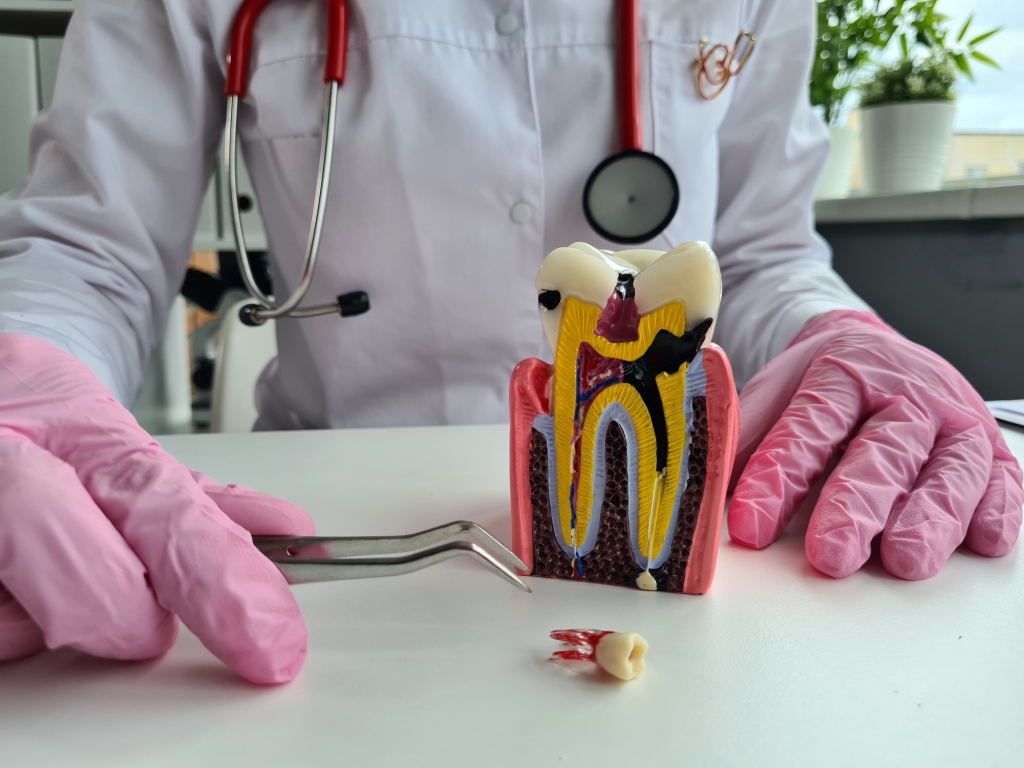Scratched Gums With Toothbrush

The unintended consequences of a simple oral hygiene routine can sometimes lead to discomfort, such as scratched gums with a toothbrush. This common issue arises from a variety of factors, including the vigor with which one brushes, the type of toothbrush used, or even the technique employed. Understanding the causes and taking preventive measures can significantly reduce the occurrence of this problem, ensuring a healthier and more comfortable oral environment.
Causes of Scratched Gums
At the heart of scratched gums often lies an overly aggressive brushing technique. Many individuals, in their zeal to clean their teeth thoroughly, apply too much pressure, which can lead to the gum tissue being pushed away from the teeth and potentially damaged. The use of a hard-bristled toothbrush can exacerbate this issue, as the rigid bristles can more easily abrasively remove gum tissue compared to softer bristles.
Additionally, the angle at which the toothbrush is held against the gums can play a crucial role. Brushing at too sharp an angle can cause the bristles to dig into the gums, leading to irritation and potential scratches. New toothbrush users, or those transitioning from manual to electric toothbrushes, might also experience this due to unfamiliarity with the proper technique for their new brush.
Prevention Strategies
Preventing gum scratches while brushing requires a combination of the right tools and techniques.
Soft-Bristled Toothbrush: Opting for a toothbrush with soft bristles can significantly reduce the risk of scratching the gums. Soft bristles are gentler on the gum tissue and can still effectively clean the teeth without causing damage.
Proper Brushing Technique: Holding the toothbrush at a gentle angle against the gums, about 45 degrees, and using light circular motions can help in cleaning the teeth without putting undue pressure on the gums. It’s also advisable to brush in sections, ensuring thorough coverage without rushing through the process.
Electric Toothbrushes: For some, electric toothbrushes can provide a more controlled cleaning experience. Many models come equipped with pressure sensors that alert the user if they are brushing too hard, helping to prevent gum damage.
Regular Dental Check-Ups: Regular visits to the dentist can help in identifying early signs of gum damage or recession, allowing for timely intervention and advice on proper oral care techniques.
Treatment for Scratched Gums
If you find yourself dealing with scratched gums, there are several steps you can take to alleviate discomfort and promote healing.
Saltwater Rinse: Rinsing your mouth with warm salt water several times a day can help reduce swelling and ease pain. To make a saltwater rinse, dissolve 1 teaspoon of salt in a cup of warm water.
Gentle Oral Care: Temporarily switching to an extra-soft toothbrush and reducing brushing pressure can give your gums time to heal without further irritation.
Topical Anesthetics: Over-the-counter topical anesthetics can provide temporary relief from pain and discomfort.
Dental Consultation: If the discomfort persists or is accompanied by other symptoms like bleeding or increased sensitivity, consulting a dentist is advisable. They can provide a professional cleaning, assess the extent of any damage, and offer personalized advice on oral care.
Conclusion
Scratched gums from toothbrushing, while uncomfortable, are a manageable and preventable condition. By understanding the factors that contribute to this issue and adopting the right preventive measures, individuals can safeguard their oral health and maintain a comfortable, healthy smile. Emphasizing gentle techniques, appropriate tools, and regular dental care can significantly reduce the risk of scratched gums, ensuring that oral hygiene routines are beneficial rather than harmful.
How can I prevent my gums from getting scratched while brushing my teeth?
+To prevent scratched gums, use a soft-bristled toothbrush, adopt a gentle brushing technique with light circular motions, and avoid applying too much pressure. Regular dental check-ups can also help identify any early signs of gum damage.
What should I do if I already have scratched gums from brushing?
+If you have scratched gums, consider rinsing your mouth with warm salt water to reduce swelling, switch to an extra-soft toothbrush, and apply topical anesthetics for temporary pain relief. If discomfort persists, consult a dentist for professional advice and treatment.
Can electric toothbrushes help prevent scratched gums?
+Yes, electric toothbrushes, especially those with pressure sensors, can help prevent scratched gums by alerting you when you’re brushing too hard. They can provide a more controlled cleaning experience, reducing the risk of gum damage.
In the realm of oral health, the balance between effective cleaning and gentle care is crucial. By being mindful of our brushing techniques and the tools we use, we can navigate this balance successfully, maintaining healthy gums and teeth without the discomfort of scratches or other damages. Regular attention to oral hygiene, combined with professional dental advice, sets the stage for a lifetime of comfortable, healthy smiles.



